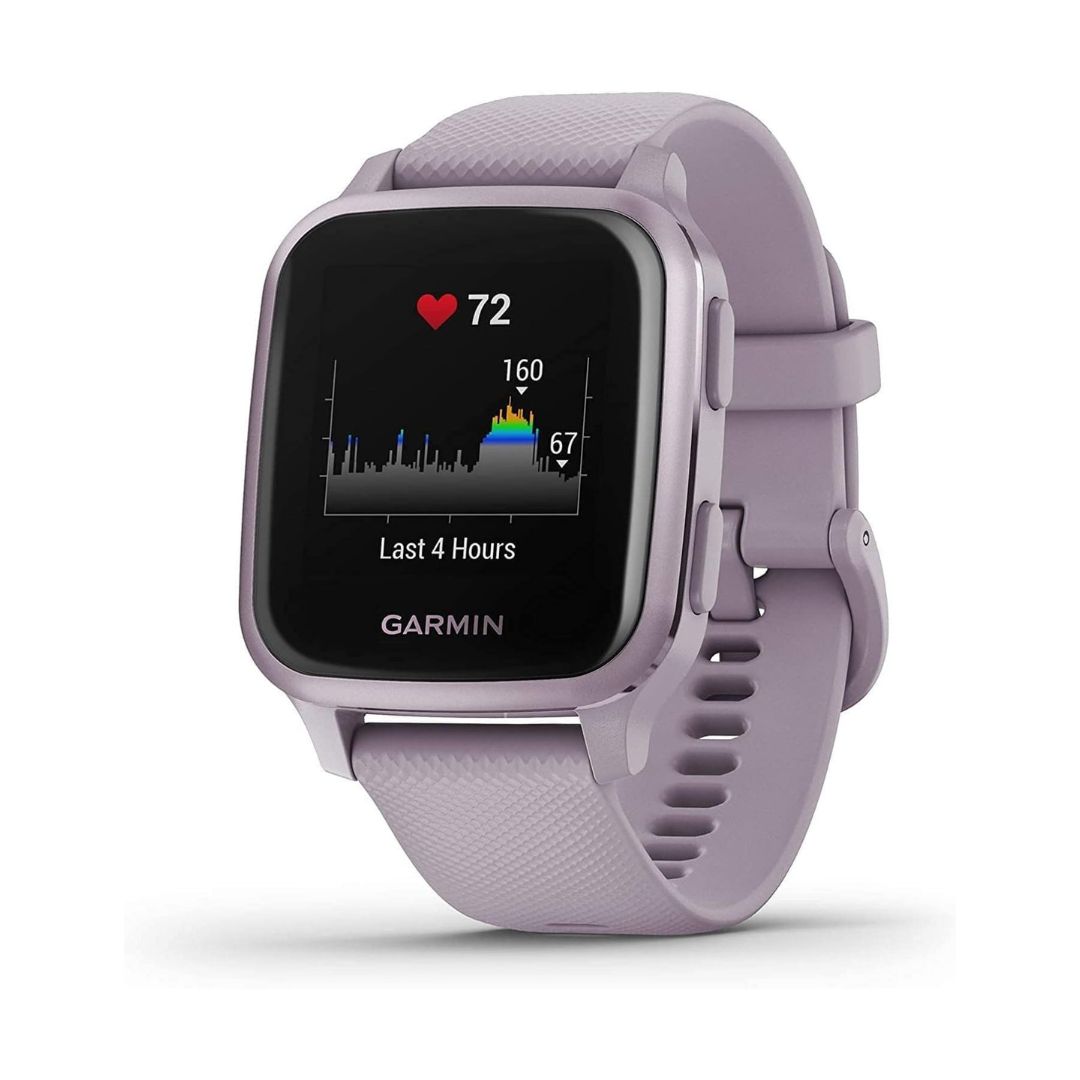Too busy for sweat sessions RN? 9 benefits of walking workouts that'll make working out more fun, less chore
A firm favourite.


Struggling to squeeze in your regular training sessions amidst the chaos of the festive season? You may want to hear about the benefits of walking workouts, which could simplify your exercise schedule during a period when you’ve probably got a lot on your plate.
Walking workouts have been on an upward trajectory in recent years, having caught the attention of celebrities and normal people keen to improve their cardiovascular fitness while sticking to low-impact activities. You may already be familiar with one such workout which went viral on TikTok - the 12-3-30 workout, the treadmill training trend that requires you to increase the incline to 12% and walk at 3 mph for 30 minutes. At the time of writing, both #12-3-30workout and #12-3-30workout hashtags have upwards of 10,000 mentions on the app. Meanwhile, under-desk treadmills are increasingly becoming a home office staple, as desk workers seek to hit their daily step quotas despite chockablock calendars.
That walking workouts are on the up can only be a good thing – research tells us that one of the benefits that walking is improved stamina, with as little as ten minutes of daily walking helping to improve your heart health and cardiovascular fitness, too. And, at this time of year, when many of us feel pressure to maintain a training programme that may feel overwhelming when we’re also juggling more social engagements, childcare and work commitments than usual, walking workouts can help to remove some of the barriers to movement that may cause you to feel additional stress.
There is, of course, nothing wrong with temporarily stepping back from your training routine if it’s what feels best, but if you’re keen to keep moving in a way that affords you more headspace for festivities, walking workouts provide a solid solution. As for the other benefits? We asked Dr. Suzanne Hackenmiller, Global Medical Advisor at AllTrails, to break them down.
Don't miss our guides to indoor walking challenges, how one staffer got on trying walking every day for two weeks and Senior Health Editor Ally Head's walking desk review, or read about the many walking desk benefits, while you're at it.
Walking is a seriously simple way to boost your fitness - your guide
Is walking alone enough to maintain strength and muscle?
While it’s far from the most efficient method of building strength and muscle mass, walking does play a valuable role in engaging various muscle groups, including those in the legs, glutes, core and upper body, according to Dr Hackenmiller. “It is also an effective way to improve spinal flexibility and strengthen the muscles that support the back,” she says.
If your overarching goal is to increase strength and muscle, then a regime centred around resistance training – and the principle of progressive overload (where you gradually increase the difficulty of workouts to continually challenge the body) is key. However, that doesn’t mean that walking workouts don’t have their place.
Celebrity news, beauty, fashion advice, and fascinating features, delivered straight to your inbox!
“Walking is more than an adequate form of aerobic exercise, and I emphasise the importance of daily steps to all my patients,” says Dr Hackenmiller. “For optimal fitness and overall wellbeing, you may find activities such as strength training – incorporating bodyweight exercises like squats, lunges, or push-ups twice weekly – or flexibility and balancing exercises like yoga or Pilates to be excellent complements to your walking workouts.”
If you’re considering putting a metaphorical pin in your resistance training plan for the festive period, and instead partaking in walking workouts, don’t worry – there are ways to challenge your muscles while walking. More on this shortly.
Is 30 minutes of walking a day enough?
Quite possibly the reason you’re interested in switching to walking workouts this season is the time-saving potential of both hitting your goal daily step count and breaking a sweat in a singular session. But how long should you aim to walk for to reap the many benefits?
Per Dr Hackenmiller, 30 minutes of walking a day is an excellent goal for most people, exceeding the World Health Organisation’s recommendation of 150 minutes of moderate aerobic activity per week. “In fact, studies show that just 30 minutes daily can improve cardiovascular fitness, strengthen bones, reduce body fat, and enhance muscle power and endurance,” she says.
The actual ideal walk duration, she stresses, varies based on individual goals, fitness levels and personal circumstances. “To maintain general health, I recommend aiming for 30–60 minutes a day. For those looking to enhance cardiovascular health or reduce stress, 60–90 minutes may be more beneficial. If you’re not able to manage 30 minutes a day, shorter, frequent walks can still provide significant benefits as research suggests that our mood improves within just the first 5 minutes of being outside.”
9 benefits of walking workouts you need to know about
1. They improve cardiovascular health
We’ve lightly touched on the topic already; walking workouts are great for improving cardiovascular health. “Walking increases heart rate, which strengthens the heart muscle, improves circulation, and lowers blood pressure,” Dr Hackenmiller says. Over time, she explains, this helps to reduce ‘bad’ cholesterol (low-density lipoprotein) and raises good cholesterol (high-density lipoprotein), decreasing the risk of heart disease.
2. They help to improve sleep
“Regular walking helps to regulate your circadian rhythm and reduce insomnia by promoting the release of serotonin, a precursor to the sleep hormone melatonin,” Dr Hackenmiller says. This is supported by a study published in 2019, which explored the relationship between physical activity.
Following a four-week intervention, during which participants were required to increase their daily step count, researchers found that women who took more steps and were generally more active during the day reported sleeping better than those who were less active. The study concluded that low-impact physical activity is positively related to sleep quality, and particularly so for women.
“In short, walking means happier, less-stressed minds – and better sleep,” says Dr Hackenmiller.
3. They’re energy-boosting
Ever noticed you feel more energised after completing a walk than you did before you started? There’s a reason for that.
“Walking enhances blood flow and oxygen delivery to the brain and muscles, resulting in improved energy and reduced fatigue, even in those with chronic conditions,” says Dr Hackenmiller.
4. They strengthen bones and joints
“Walking is a weight-bearing activity, stimulating bone growth and maintaining bone density,” explains Dr Hackenmiller. “It lubricates joints and strengthens muscles around the knees and hips, reducing arthritis-related discomfort.”
Research on the subject suggests that walking is, indeed, a solid method of slowing down bone loss and maintaining skeletal integrity as you age. One study found that healthy, postmenopausal women who walk roughly one mile each day are likely to have a higher whole-body bone density than those who walk less.
5. Walking improves mood and aids in stress management
“Walking triggers the release of endorphins and reduces cortisol levels, which can lead to an improved mood and stress relief,” says Dr Hackenmiller. Nature walks, she continues, are especially beneficial due to the calming effects of green spaces. “Research consistently shows that time in nature quiets the mind and reduces rumination.”
6. They reduce your risk of life-threatening illnesses
According to the NHS, exercise, such as walking, can reduce your risk of life-threatening illnesses including coronary heart disease, stroke, type 2 diabetes and cancer, decreasing your risk of early death by up to 30%.
“Consistent walking can reduce the risk of type 2 diabetes by helping to improve insulin sensitivity and aiding glucose regulation,” Dr Hackenmiller explains. “ Active lifestyles are also linked to lower risks of breast, colon, and other cancers.”
Walking can reduce the risk of stroke by improving vascular health and lowering blood pressure. “Past research has shown that women who walk at least three hours a week have a 43% lower stroke risk compared to women who are inactive,” says Dr Hackenmiller.
7. Walking enhances cognitive function
“Walking improves memory, attention, and creativity, partly by boosting blood flow to the brain,” explains Dr Hackenmiller. “In fact, those who take up regular exercise like walking are 20% less likely to develop dementia.”
8. Walking promotes longevity
Regular walkers tend to live longer, healthier lives. “Some studies suggest that walking can add more than 10 years to your life,” says Dr Hackenmiller.
A Harvard study from 2019 demonstrated that elderly women who walked over 4,400 steps a day significantly increased their longevity, compared to those less active in their age group.
9. Walking workouts are widely accessible and convenient
“Walking can be an easy, low-cost, and inclusive activity for all ages and fitness levels,” says Dr Hackenmiller. You can do a walking workout in your local park, on a treadmill at the gym or, if you’re fortunate enough to own a walking pad, in the comfort of your own home. Talk about cosy cardio.
Dr Hackenmiller recommends downloading the AllTrails app to discover your local trails and find walks that suit your goals and abilities. “In short, walking and spending time outside this festive season and beyond is a great way to step up your wellbeing. By optimising intensity, terrain, and duration, the physical and mental benefits are truly endless,” she says.
How can you get the most out of walking workouts?
Looking to step up the difficulty of your regular walks to increase your heart rate? Dr Hackenmiller has a few tips:
- Increase the speed and intensity. “Aim for a brisk pace where you can talk but feel slightly out of breath,” she says. “Alternate brisk walking with regular pace intervals, and include uphill routes or stairs to engage more muscles and boost endurance.”
- Add resistance and full-body engagement. Dr Hackenmiller recommends using a weighted vest, carrying light dumbbells, or incorporating walking poles to enhance effort and activate your upper body. “Remember to maintain good posture, tighten your core, keep your shoulders back, and swing your arms energetically,” she says. “This year’s walking trend rucking – walking while carrying a rucksack with added weights – is an effective way to increase endurance and engage additional muscle groups, particularly in the core, back, and shoulders.”
- Incorporate strength and dynamic moves: She suggests adding walking lunges, squats, or longer strides into your walking workouts to build muscle. “For a fun challenge, try walking backwards on a safe, flat surface to improve balance and engage underused muscles.”
Shop MC UK approved fit kit now:

Abbi Henderson is a freelance journalist and social media editor who covers health, fitness, women’s sport and lifestyle for titles including Women's Health and Stylist, among others.
With a desire to help make healthcare, exercise and sport more accessible to women, she writes about everything from the realities of seeking medical support as a woman to those of being a female athlete fighting for equality.
When she’s not working, she’s drinking tea, going on seaside walks, lifting weights, watching football, and probably cooking something pasta-based.


